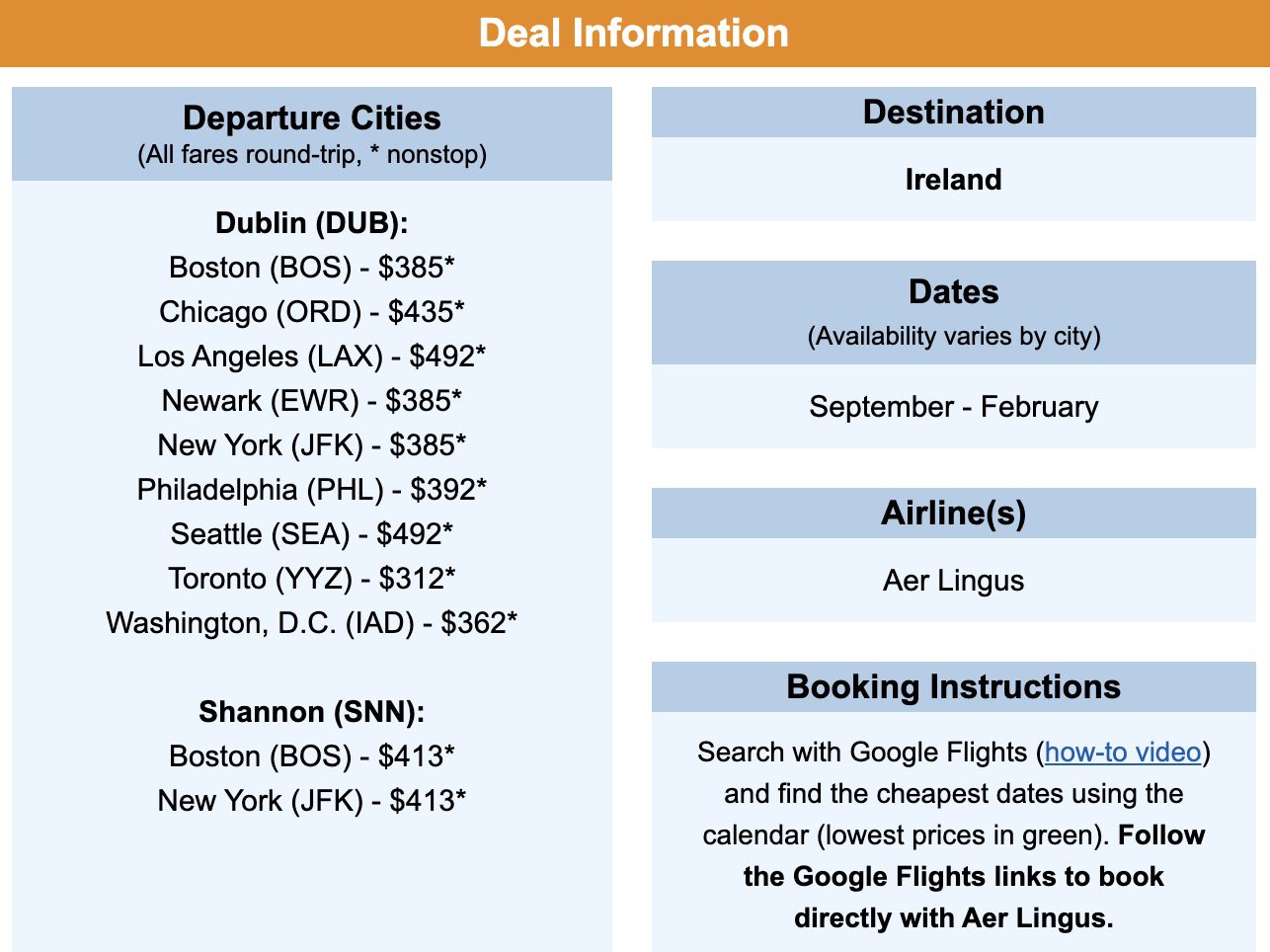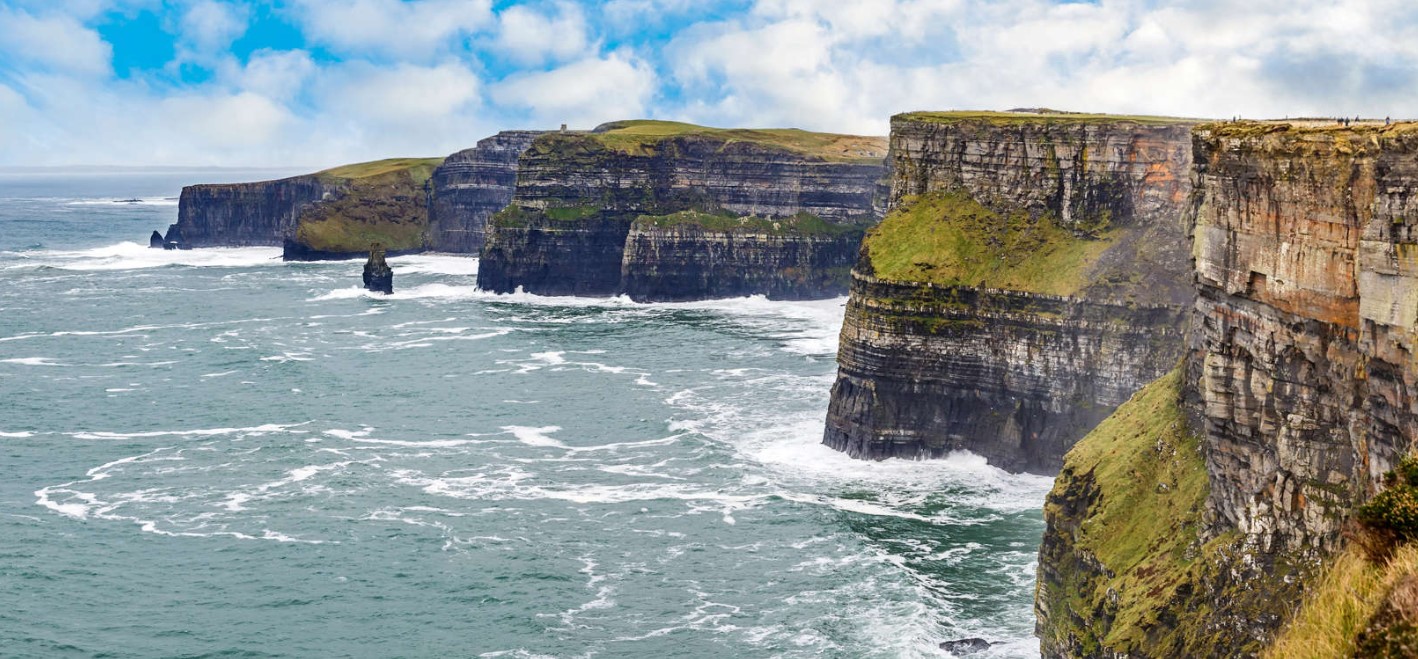
Ireland, the land of rolling green hills, ancient castles, vibrant music, and friendly faces, beckons travelers from around the globe. But the dream of exploring this enchanting island doesn’t have to come with a hefty price tag. With some savvy planning and a willingness to embrace budget-friendly options, you can experience the magic of Ireland without emptying your bank account. This guide will equip you with the knowledge to find cheap flights, explore top attractions, understand its rich history, navigate transportation, choose affordable accommodation, and determine the best time to visit, all while keeping your wallet happy.
Securing Cheap Flights to Ireland:
The flight is often the biggest expense in any international trip. Here’s how to snag the best deals to Ireland:

Related Articles about Ireland on a Budget: Emerald Isle Adventures Without Breaking the Bank:
- Jakarta: A Symphony of Contrasts – Unveiling the Top Attractions of Indonesia’s Vibrant Capital
- Unlocking Korea: Your Guide to Cheap Flights and Unforgettable Adventures
- Marrakech: A Sensory Symphony in the Red City
- Denmark’s Crown Jewels: A Journey Through the Best Hotels and Enchanting Experiences
- The Land of Fire and Ice: Your Ultimate Guide to Traveling Iceland
- Be Flexible with Your Dates: This is the golden rule of cheap flights. Use flight comparison websites like Google Flights, Skyscanner, and Kayak to compare prices across different dates. Mid-week flights (Tuesdays, Wednesdays, and Thursdays) are typically cheaper than weekend flights. Avoid traveling during peak season (summer and around St. Patrick’s Day) if possible.
- Consider Off-Season Travel: Ireland is beautiful year-round, but the off-season (November to March, excluding the Christmas/New Year period) offers significant savings on flights and accommodation. While the weather might be cooler and wetter, you’ll encounter fewer crowds and enjoy a more authentic experience.
- Fly into Smaller Airports: Dublin Airport (DUB) is the main international airport, but consider flying into Shannon Airport (SNN) or Cork Airport (ORK), especially if your itinerary focuses on the western or southern regions of Ireland. These airports often have cheaper flight options.
- Book in Advance (But Not Too Far in Advance): Generally, booking 2-3 months in advance for off-season travel and 4-6 months in advance for peak season travel is a good strategy. Avoid booking too early (more than 6 months out) as airlines haven’t finalized their pricing strategies yet.
- Set Up Fare Alerts: Use flight comparison websites to set up fare alerts for your desired route. You’ll receive email notifications when prices drop, allowing you to jump on a good deal.
- Consider Budget Airlines: Ryanair and Aer Lingus are two popular airlines that fly to Ireland. While Ryanair is known for its budget-friendly fares, be mindful of their baggage fees and potential for extra charges. Aer Lingus often offers more comfortable flights with slightly higher prices.
- Look for Package Deals: Sometimes, bundling your flight and accommodation together can result in significant savings. Explore package deals offered by travel agencies and airlines.
- Be Open to Layovers: Non-stop flights are convenient, but they often come with a premium price tag. Consider flights with layovers, as they can be significantly cheaper.
- Clear Your Browser Cookies: Airlines and booking websites sometimes track your browsing history and increase prices if they detect you’re repeatedly searching for the same flight. Clear your browser cookies or use a private browsing window to potentially see lower prices.

Top Attractions in Ireland (and How to Experience Them Affordably):
Ireland boasts a plethora of breathtaking attractions. Here’s a glimpse of the must-sees and how to experience them on a budget:
- Cliffs of Moher: These majestic cliffs towering over the Atlantic Ocean are a must-see. Instead of taking a guided tour, consider renting a car or using public transport to reach the cliffs. Pack your own lunch and snacks to avoid expensive tourist traps.
- Ring of Kerry: This scenic drive offers stunning coastal views, charming villages, and historical sites. Consider cycling a portion of the Ring of Kerry for a more immersive and affordable experience.
- Giant’s Causeway: This UNESCO World Heritage Site in Northern Ireland features thousands of interlocking basalt columns formed by volcanic activity. Entry to the Giant’s Causeway is free, but there is a charge for the visitor center.
- Dublin: Explore Dublin’s historic landmarks, including Trinity College, Dublin Castle, and St. Patrick’s Cathedral. Take advantage of free walking tours to learn about the city’s history and culture. Visit the National Museum of Ireland (free entry) to delve into Irish history and archaeology.
- Galway: This vibrant city is known for its lively pubs, traditional music, and stunning coastline. Stroll along the Salthill Promenade, explore the colorful streets of the Latin Quarter, and enjoy free traditional music sessions in local pubs.
- Blarney Castle: Home to the legendary Blarney Stone, kissing it is said to grant the gift of eloquence. While there’s an entrance fee, the castle grounds are beautiful to explore, and you can enjoy the surrounding gardens and woodlands.
- Connemara National Park: This vast wilderness area offers stunning landscapes, hiking trails, and diverse wildlife. Enjoy free hiking and explore the park’s natural beauty.
- The Burren: This unique karst landscape is home to rare flora and fauna. Explore the Burren Way walking trail and admire the unusual rock formations.
Ireland’s Rich History: A Journey Through Time:
Ireland’s history is as captivating as its landscapes. From ancient Celtic roots to Viking invasions and British rule, the island has witnessed a turbulent and transformative past.
- Celtic Ireland: Discover the ancient Celtic roots of Ireland at sites like Newgrange, a Neolithic passage tomb older than Stonehenge.
- Viking Invasions: Learn about the Viking influence on Ireland at the Dublinia Viking and Medieval Museum in Dublin.
- Norman Conquest: Explore the legacy of the Norman conquest at castles like Trim Castle and Carrickfergus Castle.
- The Great Famine: Understand the devastating impact of the Great Famine (1845-1849) on Irish society at museums and historical sites.
- The Easter Rising: Learn about the Easter Rising of 1916, a pivotal event in the Irish struggle for independence, at the General Post Office (GPO) in Dublin.
- The Troubles: Understand the complex history of the conflict in Northern Ireland, known as "The Troubles," through museums and historical sites in Belfast.
Travel Tips for a Budget-Friendly Trip:
- Embrace Public Transportation: Ireland has a decent public transportation system, especially between major cities. Use buses and trains to get around instead of renting a car, especially if you’re primarily visiting urban areas.
- Cook Your Own Meals: Eating out can be expensive. Consider staying in accommodation with kitchen facilities and cooking some of your own meals. Visit local supermarkets to buy groceries.
- Take Advantage of Free Activities: Ireland offers plenty of free activities, such as hiking, exploring parks, visiting museums with free admission, and attending free traditional music sessions.
- Look for Free Walking Tours: Many cities offer free walking tours led by local guides. These tours are a great way to learn about the city’s history and culture while saving money.
- Stay in Hostels or Guesthouses: Hostels and guesthouses offer affordable accommodation options. Hostels are great for solo travelers and backpackers, while guesthouses offer a more comfortable and private experience.
- Pack Appropriately: Ireland’s weather can be unpredictable. Pack layers of clothing, including waterproof outerwear, to be prepared for all types of weather.
- Learn a Few Basic Irish Phrases: While English is widely spoken in Ireland, learning a few basic Irish phrases can enhance your experience and show respect for the local culture.
- Take Advantage of Student Discounts: If you’re a student, take advantage of student discounts at museums, attractions, and transportation.
- Be Aware of Tipping Etiquette: Tipping is not mandatory in Ireland, but it’s customary to tip around 10-15% for good service in restaurants and taxis.
- Enjoy the Craic: "Craic" (pronounced "crack") refers to fun, entertainment, and good conversation. Embrace the Irish culture and enjoy the craic in pubs and social gatherings.
Accommodation Options for Every Budget:
- Hostels: The most budget-friendly option, offering dorm-style rooms and communal facilities.
- Guesthouses/Bed & Breakfasts (B&Bs): Offer a more comfortable and private experience with breakfast included.
- Budget Hotels: Look for hotels outside the city center to save money.
- Airbnb: Offers a variety of accommodation options, from private rooms to entire apartments.
- Camping: A great option for outdoor enthusiasts, with numerous campsites located throughout Ireland.
Transportation in Ireland: Getting Around on a Shoestring:
- Bus: Bus Éireann is the national bus company, offering extensive routes throughout Ireland.
- Train: Irish Rail (Iarnród Éireann) operates the national rail network, connecting major cities and towns.
- Car Rental: While renting a car offers flexibility, it can be expensive, especially with insurance and fuel costs.
- Cycling: A great way to explore scenic areas like the Ring of Kerry and Connemara.
- Walking: Many cities and towns are easily walkable, allowing you to explore at your own pace.
Best Time to Visit Ireland on a Budget:
- Shoulder Seasons (April-May & September-October): These months offer a good balance of pleasant weather, fewer crowds, and lower prices.
- Off-Season (November-March): The cheapest time to visit, but be prepared for cooler and wetter weather. Many attractions may have reduced hours or be closed during this time.
Conclusion:
Ireland is a destination that can be enjoyed on any budget. By carefully planning your trip, taking advantage of budget-friendly options, and embracing the local culture, you can experience the magic of the Emerald Isle without breaking the bank. So, pack your bags, book your flights, and prepare for an unforgettable adventure in Ireland! Remember to be flexible, embrace the unexpected, and enjoy the craic!





